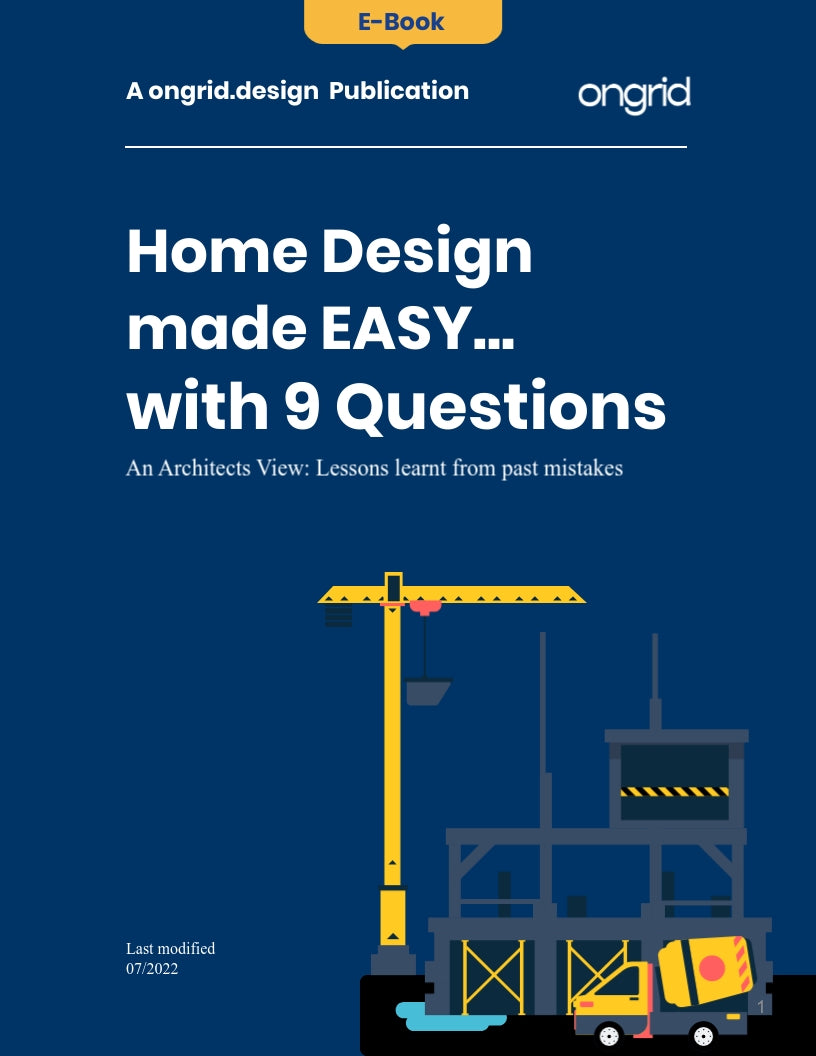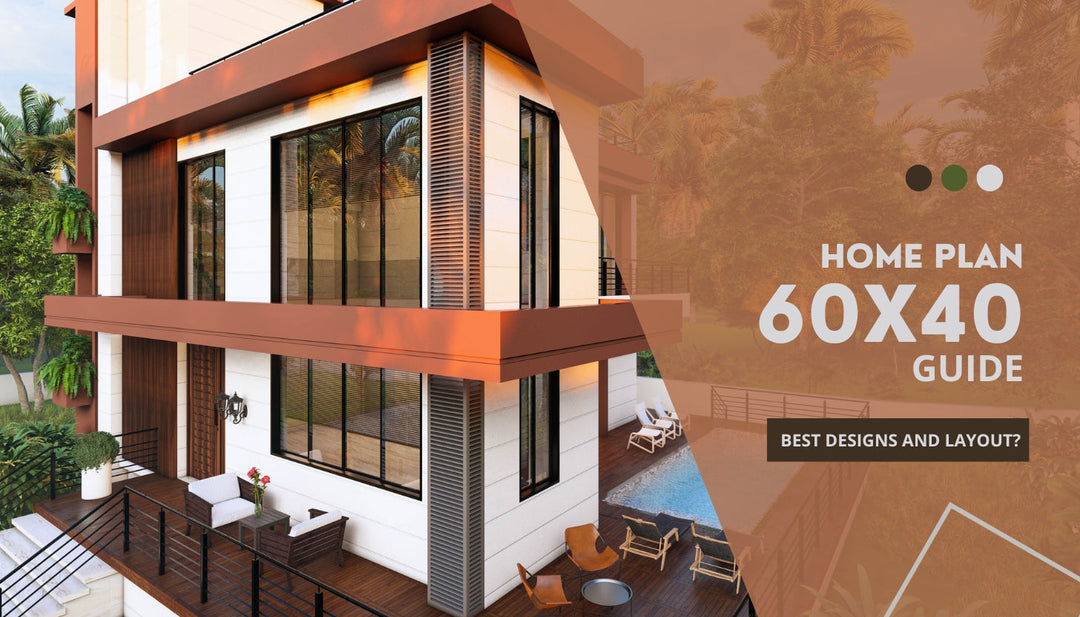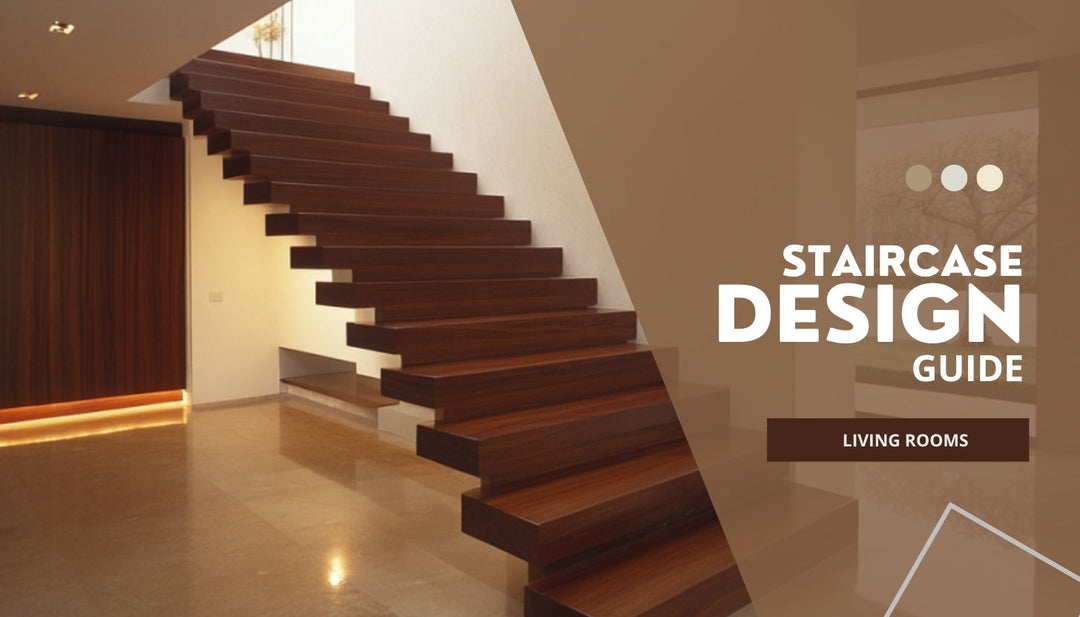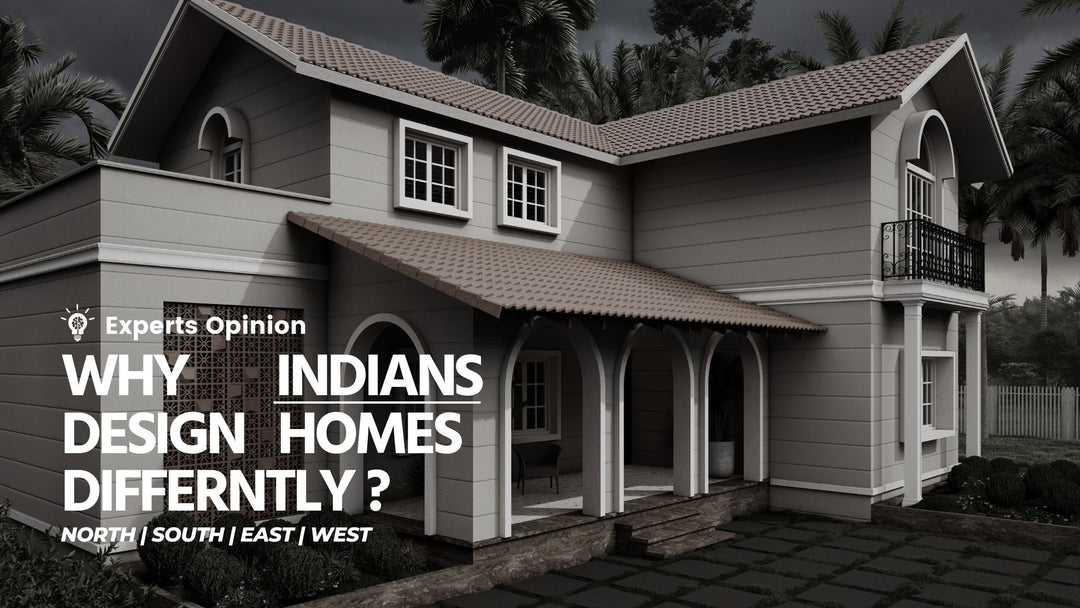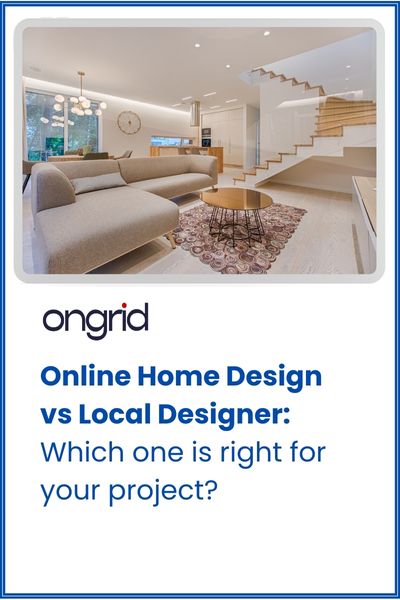From Daylighting to Mood: A Technical Deep Dive into Architectural Lighting Design for Indian Architects
 Unlocking the Science and Psychology of Architectural Lighting Design in India
Unlocking the Science and Psychology of Architectural Lighting Design in India
Architectural lighting design has immense power to transform spaces. Proper lighting can uplift moods, boost productivity, accentuate aesthetics, and even encourage specific behaviours. As an architect in India, understanding scientific and psychological lighting principles is key to creating enduring environments for work, healing, learning, and living.
This extensive guide will decode the core concepts of architectural lighting to help Indian architects master this multifaceted field. By incorporating science-backed insights with the technical lighting design process, you can shape highly impactful lighting for Indian buildings.
Decoding Light: The Science of Architectural Lighting
The Electromagnetic Spectrum and Light Perception
Before diving into lighting design, it’s important to understand fundamentals about light itself. The visible spectrum that humans can perceive represents just a tiny portion of the vast electromagnetic spectrum. When light interacts with materials, complex chemical and physical reactions occur. Our eyes register this visible light to ignite the sense of sight.
We perceive colour through cones concentrated in the retina. Meanwhile, rods allow for peripheral and night vision. The way our eyes adapt to darker vs. lighter conditions demonstrates an intrinsic connection between ocular biology and environmental lighting.
Measuring Light: Key Concepts and Metrics
Quantifying lighting conditions relies on several key metrics and calculations:
Illuminance measures the amount of light falling on a surface per unit area. Expressed in lux or footcandles, it characterises the intensity of light in a space. Guidelines from the Illuminating Engineering Society (IES) recommend appropriate illuminance levels for different architectural environments.
Luminance measures the intensity of light either emitting from or reflecting off a surface. Measured in candela per square metre (cd/m2), luminance directly impacts visual perception. Contrasting luminance levels between surfaces and surroundings enable object recognition and visual clarity.
Colour temperature depicts the prevailing “warmth” or “coolness” of white light on a Kelvin (K) scale. Warm, low colour temperatures below 3,300K contain more orange and red wavelengths. Cool, higher colour temperatures over 5,000K appear more blue and white. Colour temperature significantly influences the atmosphere.
The colour rendering index (CRI) represents a light source's ability to accurately display object colours, rated from 1-100. High CRI lighting (80-100) renders colours most realistically.
LED Technology and Its Impact on Architectural Lighting
The widespread adoption of LED lighting over the past decade revolutionised architectural lighting. LEDs emit visible light extremely efficiently as diodes pass currents through semiconductors. They also offer superior controllability compared to older light sources. Plus, their small size and versatility make them ideal for modern fixture designs.
Advantages like high luminous efficacy, long operational life, low radiated heat, instant on/off capabilities, and lack of IR or UV emissions spurred rapid mainstream integration. With smart LED fixtures, architects gain unlimited creative lighting control to dynamically transform spaces. Ubiquitous and affordable—yet highly customizable—LED systems constitute a pivotal advancement for Indian architectural lighting possibilities.
Shaping Spaces and Moods: The Psychology of Lighting
Visual Perception and the Impact of Light on Mood and Behavior
The interplay between light and human perception fuels lighting psychology. Visible light allows humans to discern colour, detail, dimension, and form within environments. As an architect, considering how lighting conditions affect occupants provides immense opportunity to influence attitudes and actions.
Abundant research correlates lighting variables with non-visual psychological and behavioural outcomes. Key examples include:
- Bright, blue-enriched white light energising spaces to boost alertness and concentration
- Warm, dim light and strategic shadows eliciting comfort and intimacy
- Uplighting introducing a hopeful ambience versus downlighting evoking gloominess
Also consider how lighting guides wayfinding, communication, site analysis, hazard identification, and social signalling within buildings. Thoughtful manipulation directly enhances experience.
Lighting design can successfully transform reading nooks, bedrooms, bathrooms, kitchens, and living rooms based on intended ambience, tasks, and activities. For study room lighting to improve concentration, choose cool high CRI white LEDs with minimal glare. Daylight balancing is critical for home office settings too. For leisure and relaxation in bedrooms and bathrooms, lean towards warmer lower CCT tunable fixtures.
Circadian Rhythms and Human-Centric Lighting (HCL)
Human health and well-being tie closely to circadian biology—our innate 24-hour cycles responding to natural light/dark environments. Artificial lighting can profoundly impact circadian rhythms by stimulating or suppressing hormone production.
Human-centric lighting (HCL) concentrates on designing supportive lighting synchronisation solutions. Balancing colour temperature and intensity throughout daytime/nighttime enhances sleep and functioning.
For example, boosting daylight-matching intensity and cooler CCTs (5000K+) during daytime hours activates cortisol for energised wakefulness. Dimming to warmer hues (800-1800K) signals nighttime relaxation.
Color Psychology and Its Applications in Architectural Lighting
Chromatic choices also influence psychological response and behaviour, known as colour psychology. Perceptual, emotional, and physiological reactions depend on cultural contexts and personal associations.
Still, psychological research provides guiding principles for colour planning:
- Blues and greens: calmness, healing, focus, productivity
- Yellows and oranges: joy, optimism, confidence
- Reds: passion, excitement, intensity
- Purples: creativity, spirituality
So a hospital may opt for peaceful blues, while a restaurant could feature stimulating ambers. Ensure chromatic alignments between Goals, populations, and activities.
Mastering the Technical Design Process
With science and psychology fundamentals understood, next focus on nailing down the lighting design process from conception to completion. Considerations for Indian building projects include:
Lighting Design Considerations for Indian Architects
- Climate conditions like harsh solar angles and monsoons
- Dust accumulation on lights requiring frequent cleaning
- Budget limitations for small-scale residential or commercial projects
- Expectations for sufficient workplace lighting balanced with energy efficiency
- Cultural traditions that influence chromatic choices and spatial arrangements
Integrating Daylighting Effectively
Sunlight offers the healthiest, most sustainable light source. Thoughtful daylight integration reduces reliance on artificial lighting while connecting occupants to outdoor rhythms. Consider site orientation, shading devices, glazing and fenestration ratios, interior surface colours, and atrium or light wells. Model sunlight penetration across seasons using simulation tools. Supplement with adjustable installed lighting.
Selecting Appropriate Lighting Fixtures and Controls
Myriad lighting fixtures suit architectural spaces depending on style, budget and goals. Categorise by:
Method: General, accent, task, directional, cove lighting
Installation: Recessed, surface-mounted, suspended, track
Technology: LED, HID, fluorescent, halogen, incandescent
Then the tailor controls the systems. Choose automated solutions balancing occupancy sensing, daylight harvesting, UV sensing, and timed programming for responsiveness. Ensure lighting communicates hierarchy in lobbies, aisles, entryways or activity zones via pathways, boundaries and accentuating features.
For kitchen and dining areas, tailor illumination to support safe food preparation and ambience control through layers of accent, decorative, and task lighting.
IES Lighting Standards and Building Codes in India
Refer to illumination recommendations from the IES Lighting Handbook during planning. NBC 2016 Standards from the Bureau of Indian Standards also provides lighting, ventilation and electrical clauses. Local authorities detail additional city regulations.
Sustainable Lighting Strategies for Energy Efficiency
Minimise environmental impact by evaluating efficacy levels for fixture performance, scalability needs and project lifespans. Seek BEE Star certifications for green buildings, and LEED accreditations. Smart sensors and renewable integration optimise usage too. Educate clients on long-term benefits outweighing higher initial investment.
Case Studies: Illuminating Indian Architecture
Analyse award-worthy Indian lighting implementations showcasing scientific and psychological mastery:
 The Leela Palace (New Delhi): Lucent Lighting Design incorporated tunable white technology in the grand ballroom for shifting 5000K to 1800K colour temperatures. This supports event versatility from corporate functions to weddings. Linear LEDs also subtly articulate architectural details.
The Leela Palace (New Delhi): Lucent Lighting Design incorporated tunable white technology in the grand ballroom for shifting 5000K to 1800K colour temperatures. This supports event versatility from corporate functions to weddings. Linear LEDs also subtly articulate architectural details.
 Infosys Hyderabad Campus: Enhanced workplace experience and sustainability with 94% LED lighting integrated with smart management systems for load optimization. LSD also added accent lighting on the building exteriors highlighting the form.
Infosys Hyderabad Campus: Enhanced workplace experience and sustainability with 94% LED lighting integrated with smart management systems for load optimization. LSD also added accent lighting on the building exteriors highlighting the form.
Sandalwood Cemetery: Unique bereavement lighting design facilitated an uplifting yet peaceful farewell experience. The Hindu cemetery offers stunning nocturnal views with minimal electricity.
Other residential lighting case studies like enhancing living and lounge areas reveal creative techniques for domestic projects on any scale or budget.
Conclusion
By merging lighting art and science, Indian architects can profoundly uplift structures from ordinary to extraordinary. Evaluate how lighting interplays with form, purpose and perception right from initial concepts. Seek lighting wisdom through research, observations and expert guidance. Test mock-ups before installation and collect occupant feedback post-occupancy to keep optimising.
Lighting possibilities will continue expanding from emergent wellness-focused metrics to increasingly responsive and customizable intelligent systems. Maintain creativity and vision to elevate projects through strategic illumination.
Let us know your thoughts on mastering architectural lighting for your projects through the comments below!








